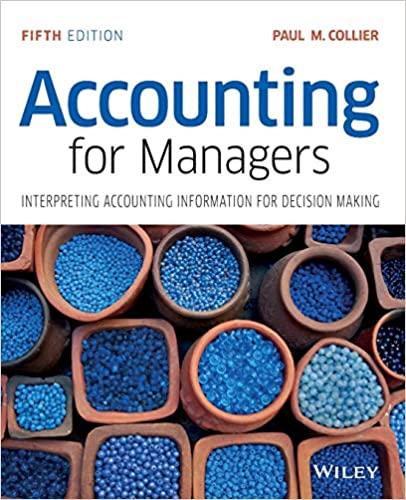Question
1. On January 1, 2016, Quinn Company enters into a five-year sales-type lease with Andy Company. The lease requires Andy to make five annual payments
1. On January 1, 2016, Quinn Company enters into a five-year sales-type lease with Andy Company. The lease requires Andy to make five annual payments at the beginning of the year, with the first payment due January 1, 2016. The lease includes a bargain purchase price of $10,000. Quinn requires a 10% rate of return. The cost to Quinn of the property is $100,000, and it has a fair value of $150,000. Present value factors for a 10% interest rate are as follows:
| Present value of $1 for n = 1 | 0.909091 |
| Present value of $1 for n = 5 | 0.620921 |
| Present value of an ordinary annuity for n = 5 | 3.790787 |
| Present value of an annuity due for n = 5 | 4.169865 |
Refer to Exhibit 20-3. What is the amount of sales revenue to be recognized by Quinn on January 1, 2016?
a. $143,791
b. $150,000
c. $50,000
d. $0
2. For which of the following conditions will the lessor classify a lease as a sales-type lease?
a. The lease term is less than one year.
b.The present value of the sum of the lease payments is equal to or more than the fair value of the underlying asset.
c. The leased asset may be exchanged for a similar asset during the lease term.
d. The collectability of the minimum lease payments is reasonably assured.
3. Which is not an advantage of leasing from a lessee's viewpoint?
a. The risk of obsolescence may be reduced.
b. A lease may provide 100% financing.
c. "Off-balance-sheet financing" may be practiced.
d. The asset can be acquired without having to make a substantial down payment.
4. The projected benefit obligation (PBO) is equal to the
a. difference between the annual pension expense and the amount actually funded during the year
b. actuarial present value of all benefits earned as of a specified date, both vested and nonvested, by employees using current salary levels in the pension plan formula
c. actuarial present value of benefits attributed by the pension plan formula to services rendered by employees during the current year
d. actuarial present value of all benefits earned as of a specified date, both vested and nonvested, by employees using anticipated future salary levels in the pension plan formula
Step by Step Solution
There are 3 Steps involved in it
Step: 1

Get Instant Access to Expert-Tailored Solutions
See step-by-step solutions with expert insights and AI powered tools for academic success
Step: 2

Step: 3

Ace Your Homework with AI
Get the answers you need in no time with our AI-driven, step-by-step assistance
Get Started


